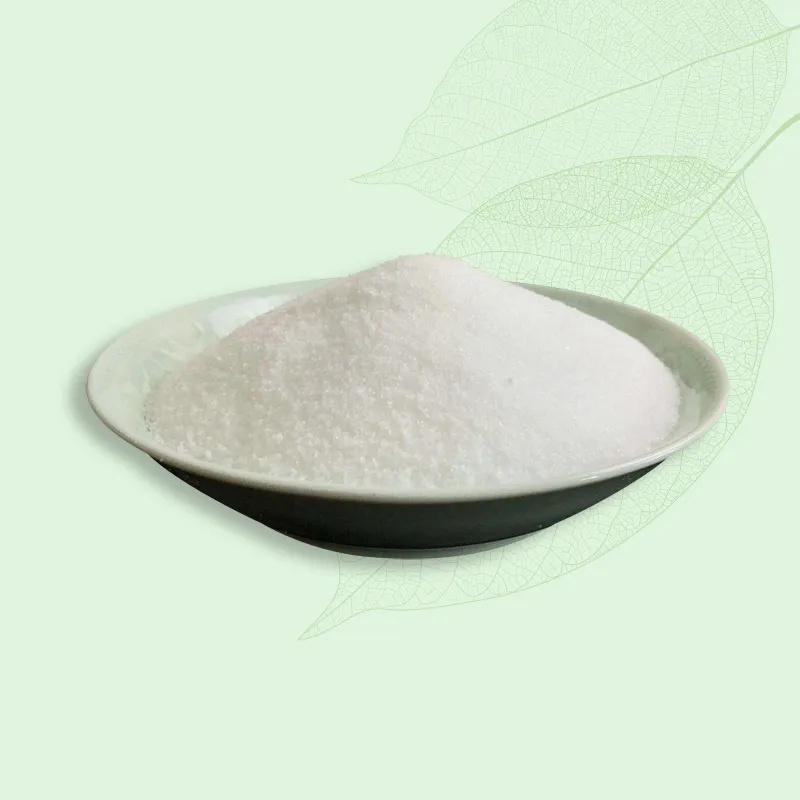The properties of Calcium Phosphates
2025-05-30
Calcium phosphates are a group of minerals containing calcium ions (Ca²⁺) together with orthophosphate (PO₄³⁻), metaphosphate, or pyrophosphate ions, and sometimes hydrogen or hydroxide ions. They are significant in both biological systems (like bones and teeth) and industrial applications. Here's a breakdown of their key properties:
1. General Chemical Properties
Composition: Contain calcium (Ca²⁺) and phosphate (PO₄³⁻) groups.
Solubility: Solubility varies among different types. Some forms are insoluble in water (e.g., hydroxyapatite), while others like monocalcium phosphate are soluble.
pH Sensitivity: Their solubility and stability are pH-dependent. Acidic environments increase solubility.
Reactivity: Can react with acids to release calcium and phosphate ions.
2. Physical Properties
Color: Typically white or off-white.
Density: Varies; HA ~ 3.16 g/cm³, TCP ~ 3.14 g/cm³.
Melting Point: Decomposes before melting at high temperatures.
Crystalline Forms: Can be crystalline or amorphous.

3. Biological Properties
Biocompatibility: Excellent – especially hydroxyapatite, making it ideal for bone and dental applications.
Bioactivity: Can bond with bone tissues.
Resorbability: Some forms (e.g., DCP) are resorbable and degrade in the body over time.
4. Industrial and Medical Uses
Fertilizers: MCP and DCP provide phosphorus to plants.
Food Industry: TCP is used as an anti-caking agent and calcium supplement.
Medical: HA and TCP are used in bone grafts, dental cements, and coatings for implants.
Toothpaste and Mouthwash: For enamel remineralization.
If u are interested in our products, please contact us. We will contact you in 24 hours